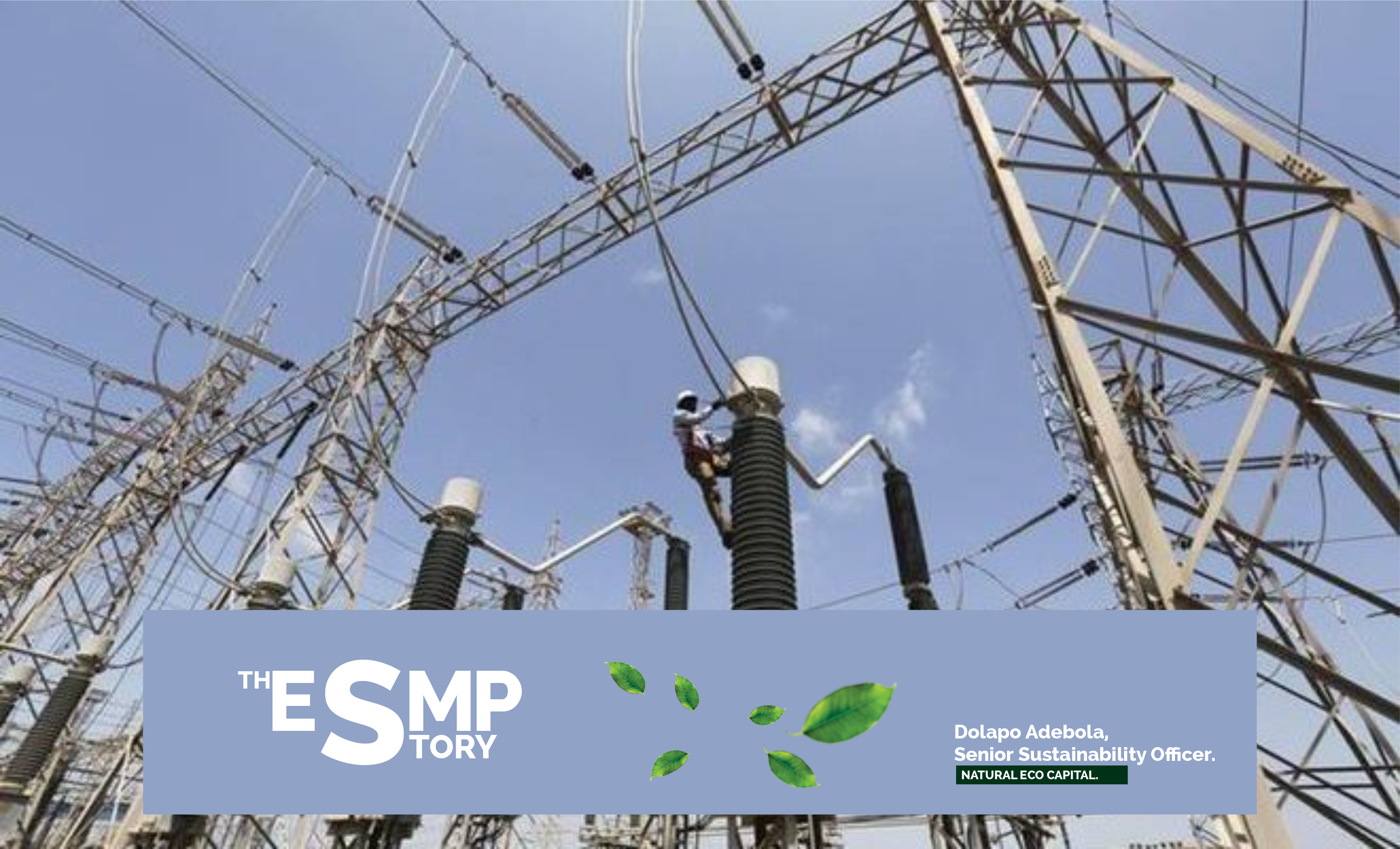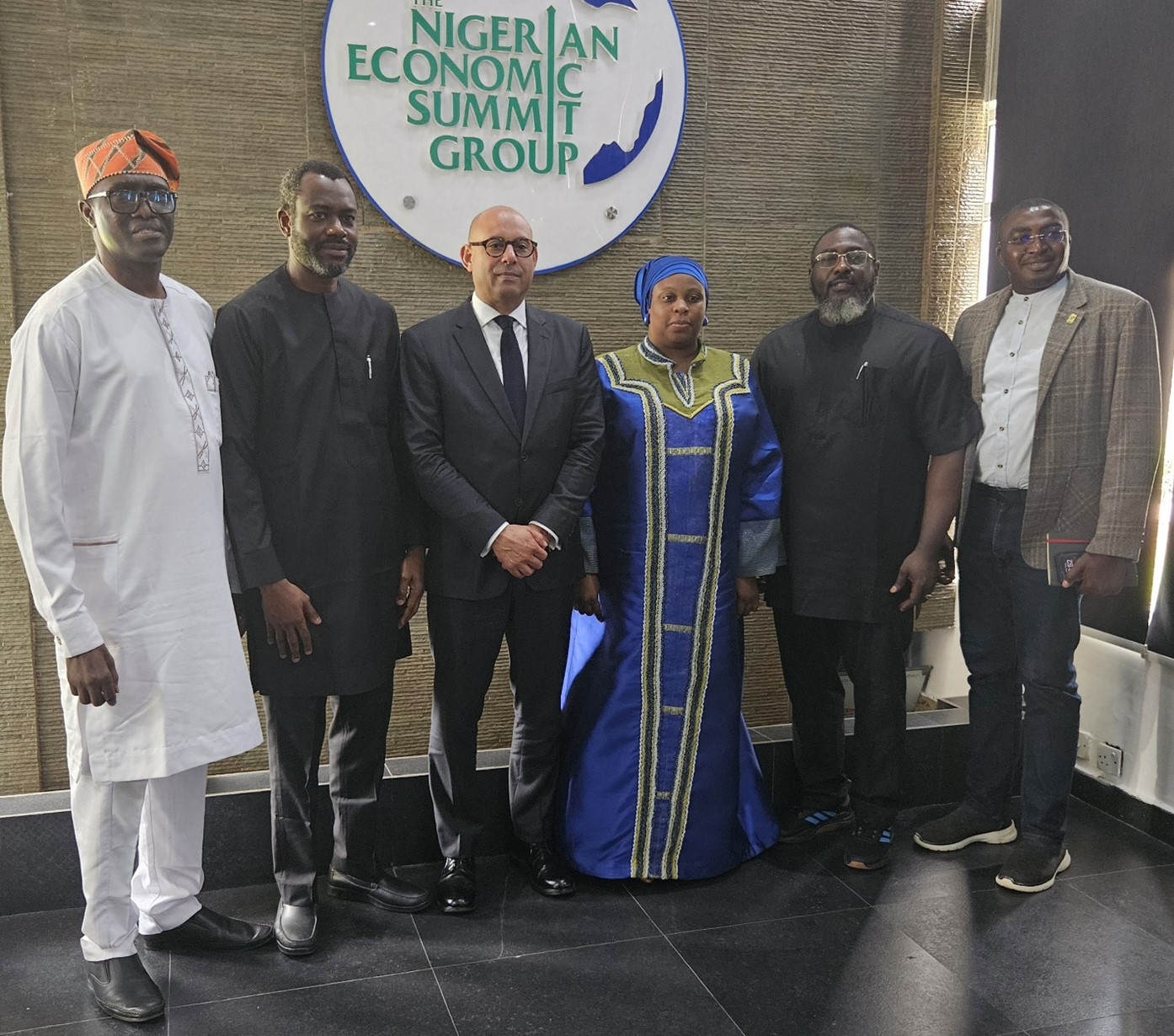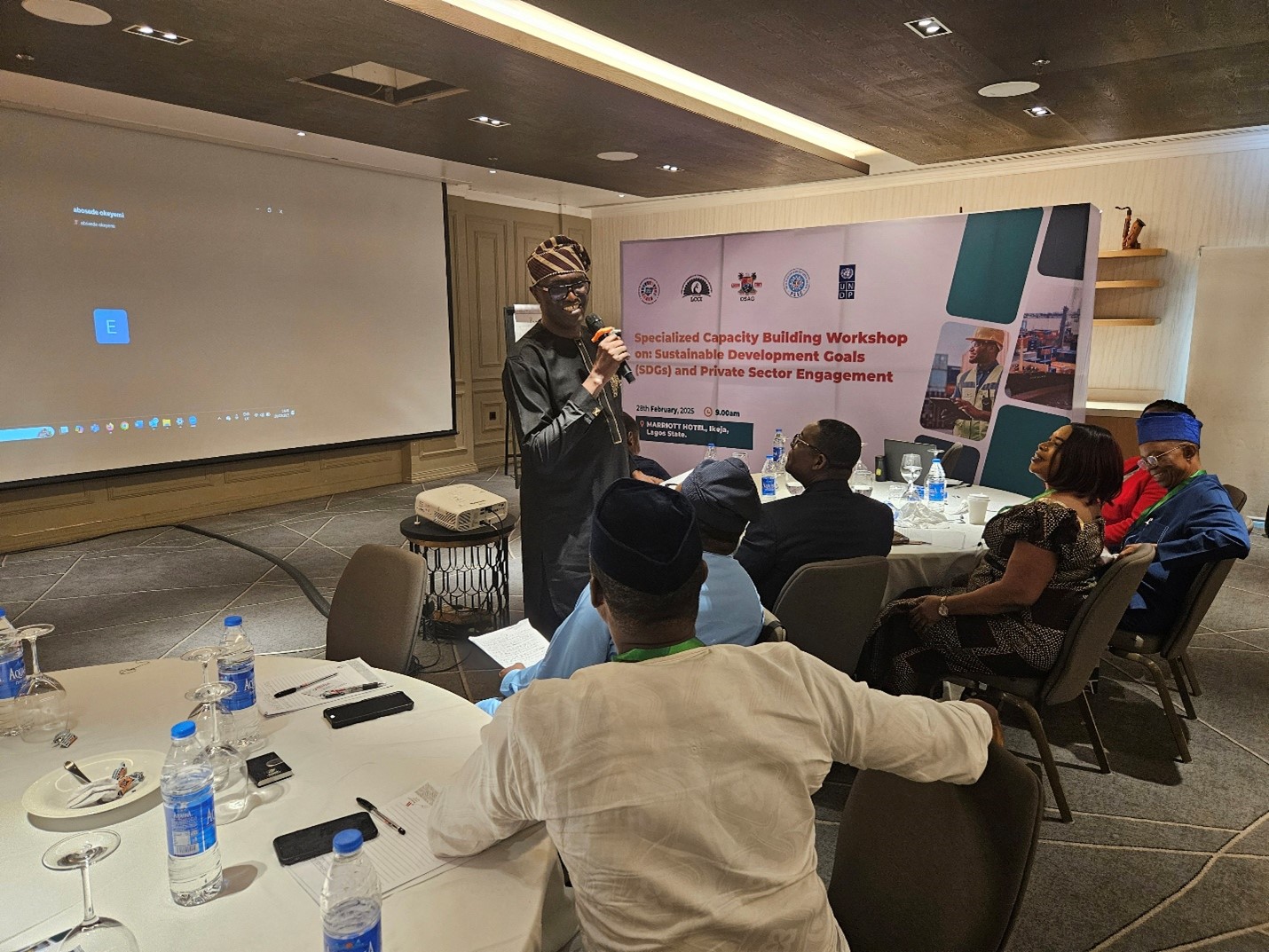
In 2016, I was tasked with leading the Environmental and Social Management Plan (ESMP) for the construction of a 330kV transmission line from Kano to Katsina. The project, spearheaded by the Transmission Company of Nigeria (TCN), aimed to improve power supply in northern Nigeria. However, the scale of the project presented significant environmental and social challenges, requiring a well-structured ESMP to mitigate risks. One of the first steps in our ESMP implementation was conducting site visits along the transmission corridor. I remember navigating the long, dusty roads, assessing potential risks, and engaging with key stakeholders, including local community leaders, government agencies, and NGOs. Their input was crucial in understanding the project’s broader impact.
During a meeting in a small village near Katsina, a local chief voiced concern about land acquisition and the loss of ancestral farmlands. His worries reinforced the importance of early engagement and transparent communication. We assured him that a fair compensation and resettlement plan was in place, a commitment we worked hard to fulfill. Assessing the project’s impact was meticulous. We identified risks such as biodiversity loss, livelihood disruptions, and health and safety concerns from construction activities. I recall a site near a river that required design adjustments to prevent erosion and water contamination, showcasing the delicate balance between development and environmental preservation. To mitigate these risks, we implemented several strategies, including fair compensation for affected landowners, reforestation efforts, and strict safety protocols for workers and communities.
“One of my most rewarding moments was witnessing a community grievance mechanism in action—farmers who initially resisted the project later expressed appreciation after receiving fair settlements and alternative farming support.”
Monitoring and compliance were continuous efforts. Regular audits ensured adherence to ESMP guidelines, and when contractors overlooked certain safety protocols, we enforced corrective measures through additional training. A community feedback system was also established, allowing residents to report concerns, fostering trust and accountability. By the end of 2017, the transmission line was completed and commissioned, significantly improving power supply in the region. More importantly, the project successfully minimized environmental degradation and social conflicts, with no major violations recorded. Communities along the corridor felt heard, and their concerns were addressed.
Looking back, this experience reinforced my belief that large-scale infrastructure projects must balance development with environmental and social responsibility. The ESMP was more than just a regulatory requirement—it was a tool for sustainable progress. The lessons I gained in stakeholder engagement, environmental conservation, and social impact management continue to shape my professional journey today.

